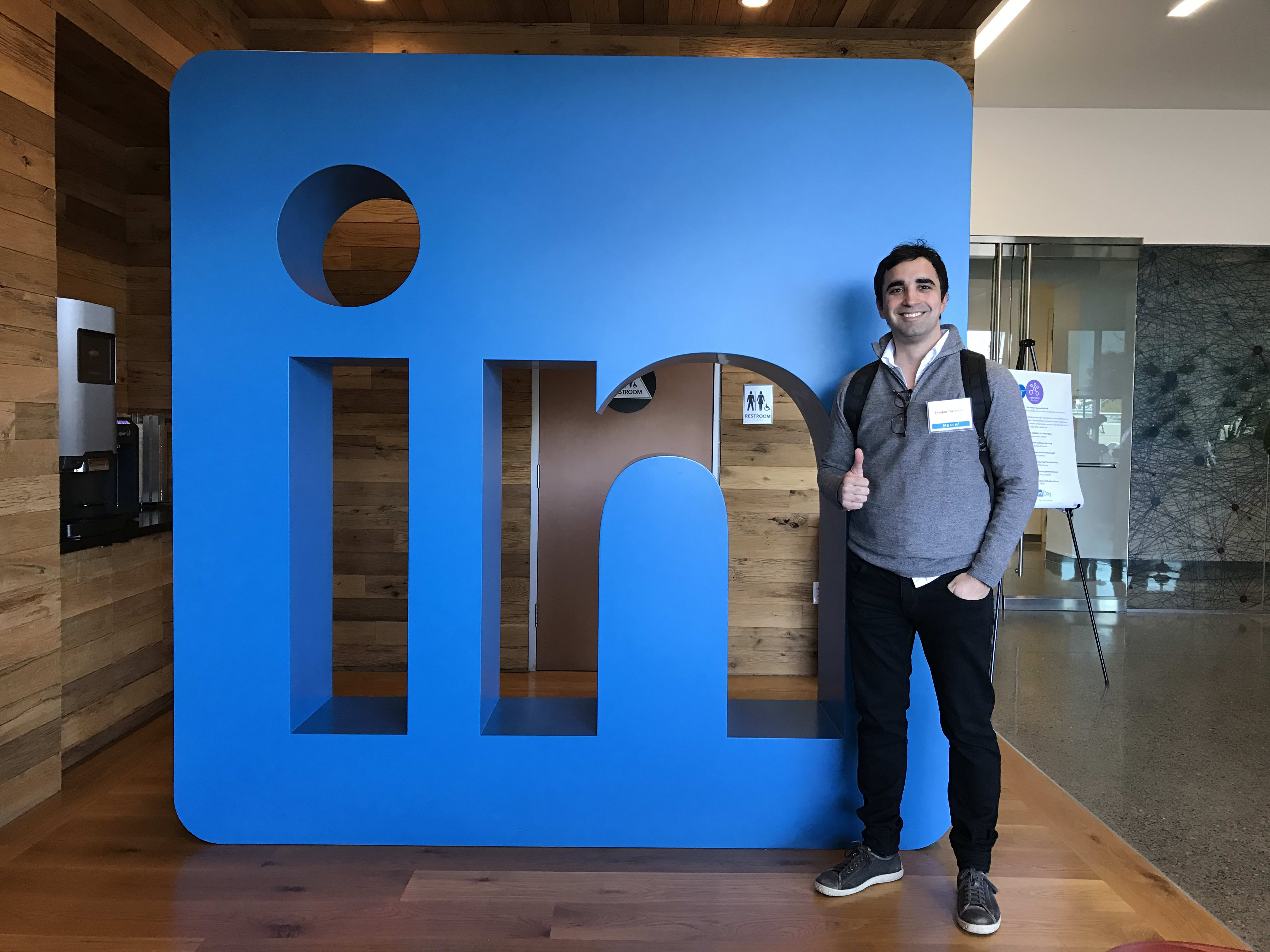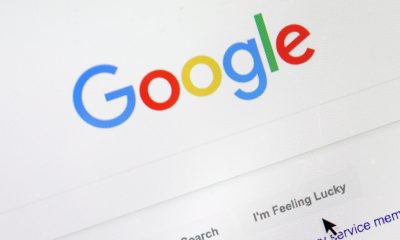SOCIAL MEDIA NEWS
LinkedIn apprentice programs train food workers, teachers, athletes
Enrique Torrendell joined LinkedIn as a software developer in the company’s Reach engineering apprenticeship program in 2017, and he remains with the company more than two years later.
Enrique Torrendell was stumped.
It was 2017, and Torrendell, who previously managed a food truck business in New York, had just started a new gig at LinkedIn as a software developer. Days into the new job he couldn’t figure out the correct code to write.
“At one point I thought, ‘I’m just going to go back to HR and be like thank you but I think we all made a mistake,'” Torrendell, who’s now 35, told CNBC.
The former food industry worker was part of Linkedin’s inaugural Reach initiative, an engineering apprenticeship program for people with non-technical backgrounds, including veterans, teachers, mothers who left the workforce and athletes. As part of a push to create a more diverse workplace and train people for other jobs in technology, LinkedIn has since introduced two more apprenticeship programs.
One of them attracted former NFL kicker Derek Dimke, who still works at the company.
The practice isn’t limited to LinkedIn, which is owned by Microsoft. Apprenticeship programs have gained popularity across the tech industry in recent years. In July, Twitter launched an engineering apprenticeship aimed at women and minorities. Amazon is looking to bolster technical talent internally, and announced earlier this month that it will invest $700 million to train about one-third of its U.S. workforce in “high-demand areas like medicine, cloud computing, and machine learning.”
There are more than 500,000 unfilled computer science jobs across the U.S., according to Code.org. Those positions have become harder to fill with foreign workers since 2017 due to the Trump Administration’s policies that have limited immigration and cracked down on H-1B visa approvals.
At the same time, there’s an increasing number of ways for people to learn programming skills, whether through a host of online courses or from coding bootcamps, which have produced more than 15,000 graduates a year in the U.S. since 2015, according to Course Report.
“We want to create economic opportunity for every member of the global workforce,” said Brendan Browne, LinkedIn’s vice president of global talent acquisition, in an interview. “I’m not sure how we can really execute on that vision fully unless we actually live up to it by bringing the most diverse talent from a variety of walks of life into the company.”
Browne summed up the strategy this way: “Just bring in a bunch of people who don’t look like me, train them and just get out of their way.”
‘This can be learned’
In late 2016, Torrendell quit his food service job and enrolled in Flatiron School, which provides software and design programs and coding bootcamps, to pursue a career in technology. After completing the program, Torrendell was hired by LinkedIn for the Reach program and was initially working with the team that focuses on profile pages.
Despite his initial struggles, Torrendell didn’t quit on Reach, a multi-year program. He bought himself a massive whiteboard and drew out every step of the process he needed to code to finish the project until it all finally clicked.
“If everyone else that is working here can do it — I mean, they’re all working fine and we’re all humans — then this can be learned,” Torrendell remembers thinking.
More than two years later, Torrendell is now one of the lead iOS engineers at LinkedIn in Mountain View, California, and proof that people without background in computers can learn the ropes and be successful. Last year, LinkedIn introduced Unlock, an eight-week apprenticeship program geared towards people switching careers to sales, and Ramp, a nine-month program designed for those interested in working in recruiting.
Since the launch of the programs, LinkedIn has hired dozens of its apprentices into more permanent jobs.
There are currently 36 people going through the Reach program. Of the 29 graduates, 15 are software engineers at LinkedIn, the company said. Another works for the company in product operations and two moved to technical program manager roles at Microsoft. Six others are now software engineers at different companies.
LinkedIn said it hired the 28 apprentices who went through its Unlock program, though four have pursued non-sales roles. The company also hired eight of the 12 people from the inaugural Ramp apprenticeship, with two of the other graduates taking recruiting roles at other tech companies.
“These folks with non-traditional backgrounds help us understand our customers better because they come from industries that our customers are in,” said Annie Whetstine, Unlock’s program manager.
LinkedIn is currently accepting applicants for its next batch of Reach and Unlock apprentices and will kick off its next Ramp program in September.
Ivy Hopkins, a 43-year-old mother of two, had spent four years trying unsuccessfully to get back into the workforce before she was accepted into the Ramp apprenticeship in June 2018. After the program, LinkedIn hired her as a campus recruiter.
“This changed everything,” Hopkins said. “Any person with any background that is not standard, we bring so much experience” and many different points of view, she said.
WATCH: Here’s how to see which apps have access to your Facebook data — and cut them off













